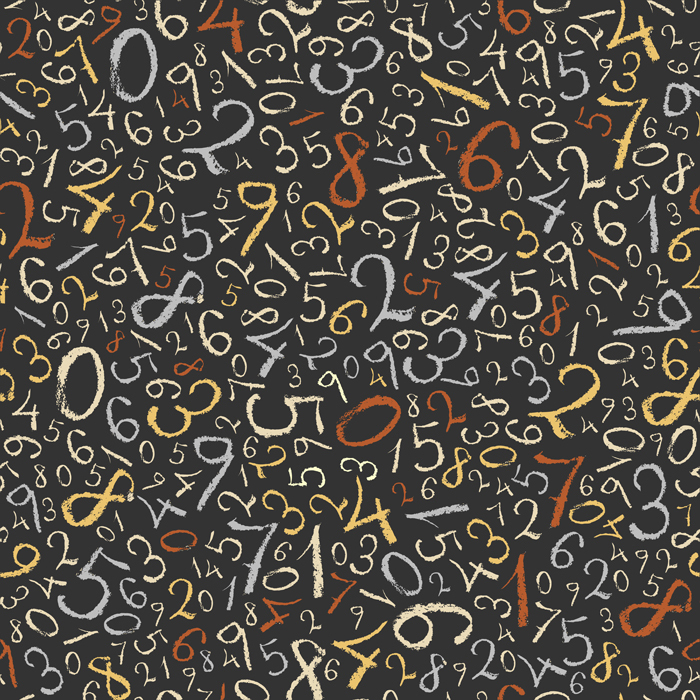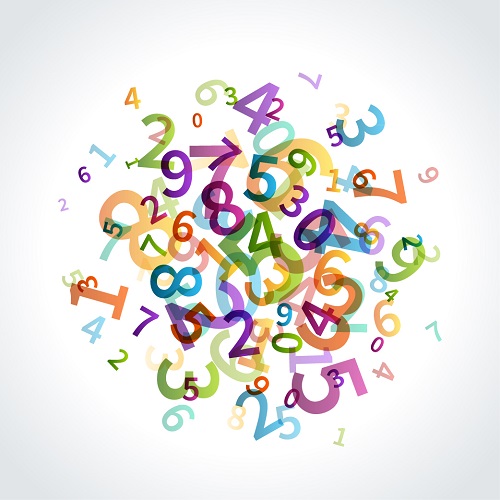Maths is fun to many anyway but you can make it even more fun and develop a deeper understanding of the processes involved by introducing more fun and practical activities. There are many ways to introduce fun activities and here, we share six of our favourites.
Activity One: Function Steps
Suitable for: Rec to Year 6
Learning Focus:
- Understand that numbers can be made from others using number functions
- Use previously acquired skills to identify the number function used
On the board write two numbers, perhaps 2 and 5. Ask the pupils what we can do to 2 to make five. Start by using a single step approach so you might hear, add ‘add 3’ or if you’re working with older pupils, ‘multiply by 2.5’. Now ask them if they can suggest a way to do it in two steps using different processes. They may now say ‘add 2 then add 1’ or ‘multiply by 3 then take 1’.
Depending on the age and ability of the pupils you can widen the gap or even make the gap less than 1 and ask them for two or more different processes. To make it easier, although sometimes harder, place a third number between the originals that has to be reached on the way to the end number.
Activity Two: Countdown
Suitable for: Year 1 to Year 6
Learning Focus:
- Understand how a number can be changed by using mathematical functions and other numbers
- Be able to work back from an answer to find missing parts of the question
The last activity is a good introduction to what is often used as a filler activity but which can also be used as a practice exercise for logical thinking in maths.
In the TV programme, the teams are given a number which they have to make given a selection of other numbers using mathematical functions.
You can cheat a little depending on the group by giving them numbers you can be easily used to make the target number but for older and more able pupils, see how they manage with randomly chosen numbers. If an exact answer isn’t possible, the pupil that gets nearest wins. You can get the pupils to do this individually or as small groups.
e.g. Target number 525, randomly chosen digits 10, 100, 25, 2
10 ÷ 2 x 100 + 25
Activity Three: Tessellation
Suitable for: Rec to Year 6
Learning Focus:
- Find out about the properties of 2D shapes
- Identify why some shapes will fit together without gaps and others won’t
Tessellation to many is simply thought of as a form of art using 2D shapes but it can teach us so much more. Would builders use spherical bricks? Do bees use oval cells? The answer is no and for reasons you can discuss with the pupils. Doing this activity in 2D form – as a drawing or painting gives an initial idea of property – which shapes fit together without a gap and why. Doing the activity in 3D with blocks shows the constructional advantages of tessellations used by builders and bees!
Give the pupils a selection of 2D shapes and ask them to try to fit them together without any gaps.
Can they use different shapes in the same design?
Why do some shapes fit perfectly and not others?
Can they draw a shape of their own which will tessellate?
If you have 3D blocks in different shapes, ask them to try to tessellate them. Is the pattern stronger for those that do than those which don’t?
Finally, look for tessellation patterns around us.
Activity Four: Moebius Strip
Suitable for: Year 2 to Year 6
Learning Focus:
- Investigate the number of surfaces of a piece of paper
- Reason about maths
This short activity has fascinated mathematicians and pupils for centuries. The question to be posed here is ‘How many surfaces does a piece of paper have?’
The obvious answer is two although the clever ones will say that a piece of paper is effectively a cuboid as it has sides on its edges!
Cut a strip of paper and twist it once before joining the ends together with sellotape. Now carefully begin drawing a line along the centre of the strip. What do you notice?
What the pupils should have noticed is that the line seems to have been drawn on both sides of the paper, effectively meaning it only had one side.
How can this be?
Activity Five: Halving
Suitable for: Year 2 to Year 6
Learning Focus:
- Be able to halve a number to make integers or decimals
- To be able to reason about numbers and functions
For this activity, give the pupils this problem to think about . . .
I am on a lifeboat, stranded at sea after my ship has sunk. I have 16 litres of water on board but I don’t know how long it will be until I am rescued. I decide to drink half of my water on the first day (8 litres), then half of what is left on the second day (4 litres), then half of what is left on the third day etc. When will my water run out?
Will I ever run out of water?
Is there a number so small, we could think of it as zero?
Activity Six: Playground Coordinates
Suitable for: Year 2 to Year 6
Learning Focus:
- Understand how position is given using a pair of coordinates
- Use coordinate grids to plot position
We’ve all worked with coordinate grids in the classroom but by painting or chalking a coordinate grid on the playground, especially if it’s marked in standard measurements like a metre per square, you’ll encourage the pupils to practise their coordinate work at playtime. Incorporate the grid with the points of the compass and you’ll double the potential for learning.
A great game using this is to prepare ‘movement cards’, effectively vectors, which will say how far along and up or down the grid the pupils need to move.
The pupils take it in turn to choose a card and, using the example above, it means the pupil must move six squares along the x-axis and three squares down the y-axis. Played in pairs, the winner is the one who lands on the other’s spot. If their movement card means they leave the grid, the game can be over or they can miss a turn.







